Abalone, a prized seafood delicacy celebrated for its unique texture and briny flavor, requires precise cooking techniques to achieve its signature tenderness. One of the most common questions among home cooks and professional chefs alike is, “How long should abalone be cooked to ensure it is both safe to eat and delightfully tender?” The answer, however, is not one-size-fits-all. Cooking time for abalone depends on several factors, including its size, thickness, cooking method, and desired texture. This article delves into the science and culinary artistry behind cooking abalone to perfection, offering detailed guidelines to help you master this challenging but rewarding ingredient.
Understanding Abalone: A Brief Introduction
Abalone is a marine snail clinging to rocky coastal areas, primarily harvested in oceans worldwide. Its meat, a muscle called the foot, is the edible portion, prized for its chewy yet tender texture when cooked correctly. There are over 100 abalone species, but the most commonly consumed varieties include red abalone, green abalone, and black abalone. Fresh abalone is often sold live, while frozen or canned options are also available.
The thickness of the abalone meat varies significantly between species and individual specimens. Larger abalone, such as those weighing over 150 grams, have thicker muscles that require longer cooking times to break down tough collagen into silky gelatin. Smaller abalone, like those under 50 grams, cook much faster but still demand careful timing to avoid becoming rubbery.
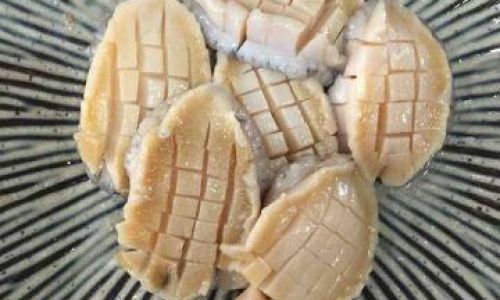
Factors Influencing Cooking Time
Several variables determine how long abalone should be cooked:
-
Size and Thickness:
As mentioned, larger abalone have denser muscle fibers, necessitating extended cooking. A 200-gram abalone may require double the cooking time of a 75-gram specimen. -
Cooking Method:
Techniques like boiling, steaming, grilling, and sous-vide each interact with abalone differently. High-heat methods (e.g., grilling) cook faster but demand vigilance to prevent burning, while low-and-slow methods (e.g., simmering) allow collagen to melt gradually. -
Desired Texture:
Do you prefer a firm, slightly chewy texture or a melt-in-the-mouth consistency? The former requires shorter cooking, while the latter needs prolonged heat application. -
Pre-Cooking Preparation:
Techniques like tenderizing (e.g., pounding with a mallet) or marinating in acidic liquids (e.g., lemon juice, vinegar) can reduce cooking time by breaking down muscle fibers beforehand.
Cooking Methods and Recommended Times
Below is a breakdown of common cooking methods for abalone, along with detailed timing guidelines:
Boiling
Boiling is a quick method suitable for smaller abalone or those intended for dishes like soups or stews.
- Small Abalone (50–75 grams): 5–7 minutes in gently simmering water.
- Medium Abalone (75–150 grams): 8–12 minutes.
- Large Abalone (150+ grams): 15–20 minutes.
Pro Tip: Avoid rapid boiling, as agitated water can toughen the meat. Maintain a gentle simmer instead.
Steaming
Steaming preserves moisture and flavor, making it ideal for delicate preparations.
- Small Abalone: 6–8 minutes.
- Medium Abalone: 10–14 minutes.
- Large Abalone: 18–22 minutes.
Pro Tip: Place abalone on a bed of aromatics (e.g., ginger, scallions) to infuse flavor during steaming.
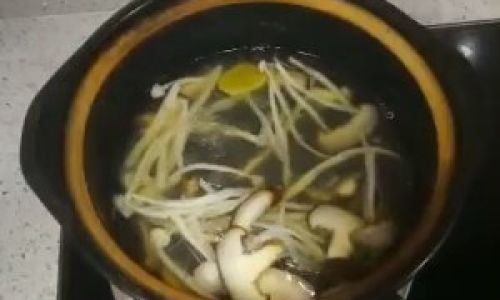
Simmering in Court-Bouillon
Simmering abalone in a flavorful liquid (court-bouillon) is a classic French technique for achieving tender results.
- All Sizes: Simmer for 20–30 minutes in liquid maintained at 85–90°C (185–194°F).
Pro Tip: Use acidic ingredients like white wine or vinegar in the court-bouillon to further tenderize the meat.
Grilling or Pan-Searing
High-heat methods like grilling develop a caramelized crust but require precise timing.
- Sliced Abalone (5mm thick): 1–2 minutes per side over medium-high heat.
- Whole Abalone (small): 3–4 minutes per side.
Pro Tip: Marinate abalone briefly before grilling to prevent drying out.
Sous-Vide
For ultimate control, sous-vide cooking ensures even doneness.
- All Sizes: 30–90 minutes at 60°C (140°F) for a tender texture. For a firmer result, increase to 65°C (149°F) and cook for 45–60 minutes.
Pro Tip: Sear abalone in a hot pan after sous-vide to add color and texture.
How to Test for Doneness
Determining when abalone is cooked requires a combination of tactile and visual cues:
-
Texture Test:
Gently press the meat with your finger or tongs. Cooked abalone should yield slightly to pressure without feeling mushy. Overcooked abalone will feel spongy, while undercooked meat will resist pressure. -
Visual Cues:
The edges of the abalone will curl slightly when cooked. For grilled or pan-seared abalone, look for golden-brown grill marks without excessive charring. -
Temperature Check:
While abalone isn’t typically cooked to a specific internal temperature, a digital thermometer can help. Aim for 60–65°C (140–149°F) for tender results.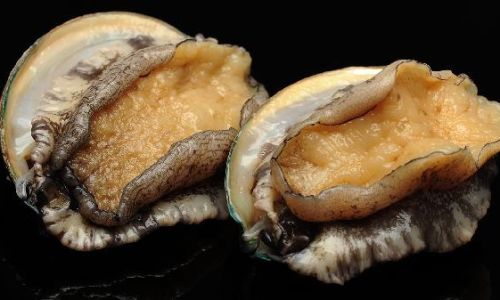
Common Mistakes to Avoid
-
Overcooking:
Abalone’s low fat content makes it prone to drying out. Set a timer and check frequently. -
Uneven Cooking:
If cooking whole abalone, ensure even thickness by trimming irregular edges or slicing into rounds. -
Skipping Tenderizing Steps:
Fresh abalone can be tough. Use a meat mallet to pound the meat lightly or marinate it in acid for 30–60 minutes before cooking. -
Using High Heat for Thick Cuts:
Thick abalone slices or whole specimens should be cooked over medium heat to prevent burning the exterior before the interior cooks through.
Advanced Techniques for Culinary Enthusiasts
For those seeking to elevate their abalone game, consider these techniques:
- Velveting: Marinate abalone in a mixture of egg white, cornstarch, and baking soda to tenderize and create a silken texture.
- Confit: Slow-cook abalone in oil at 70–80°C (158–176°F) for 2–4 hours for unparalleled tenderness.
- Fermentation: Briefly ferment abalone in a saltwater brine to enhance umami flavor before cooking.
Conclusion
Cooking abalone to perfection is a balance of science and intuition. While the guidelines above provide a roadmap, the key to success lies in understanding your ingredients and equipment. Experiment with cooking times and methods, and don’t be afraid to adjust based on your abalone’s size, freshness, and desired texture. Whether you’re simmering it in a fragrant broth, searing it to caramelized perfection, or exploring avant-garde techniques like sous-vide, patience and precision will reward you with a dish that showcases abalone’s unparalleled elegance.
Remember, the difference between a chewy disappointment and a tender masterpiece often hinges on a matter of minutes. So, set your timer, trust your senses, and savor the fruits of your labor—a bite of abalone cooked to tender perfection.
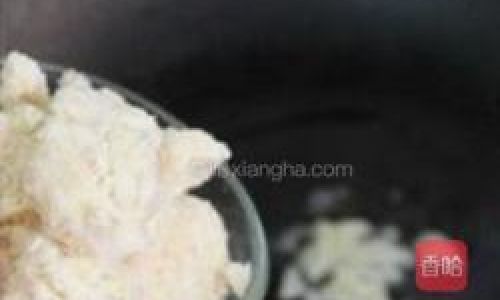
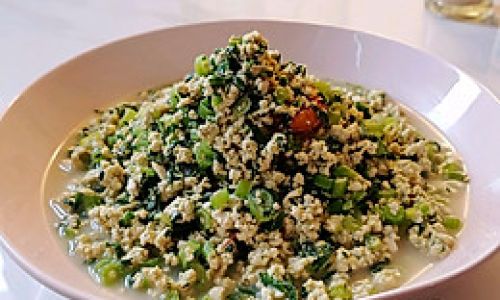
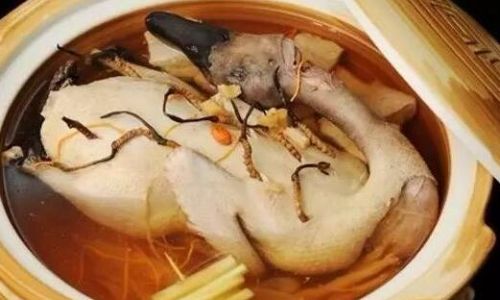
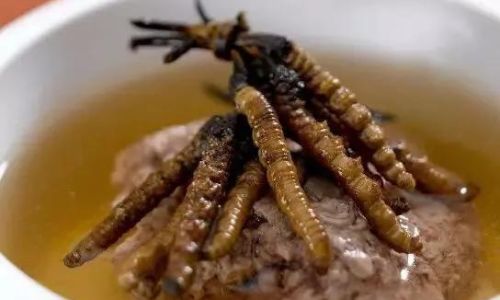
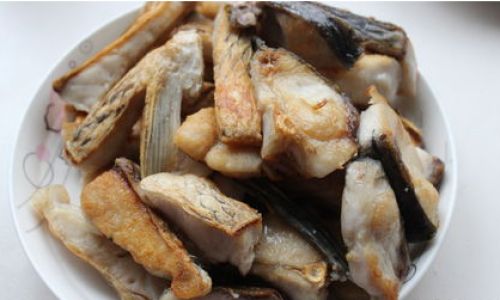
0 comments